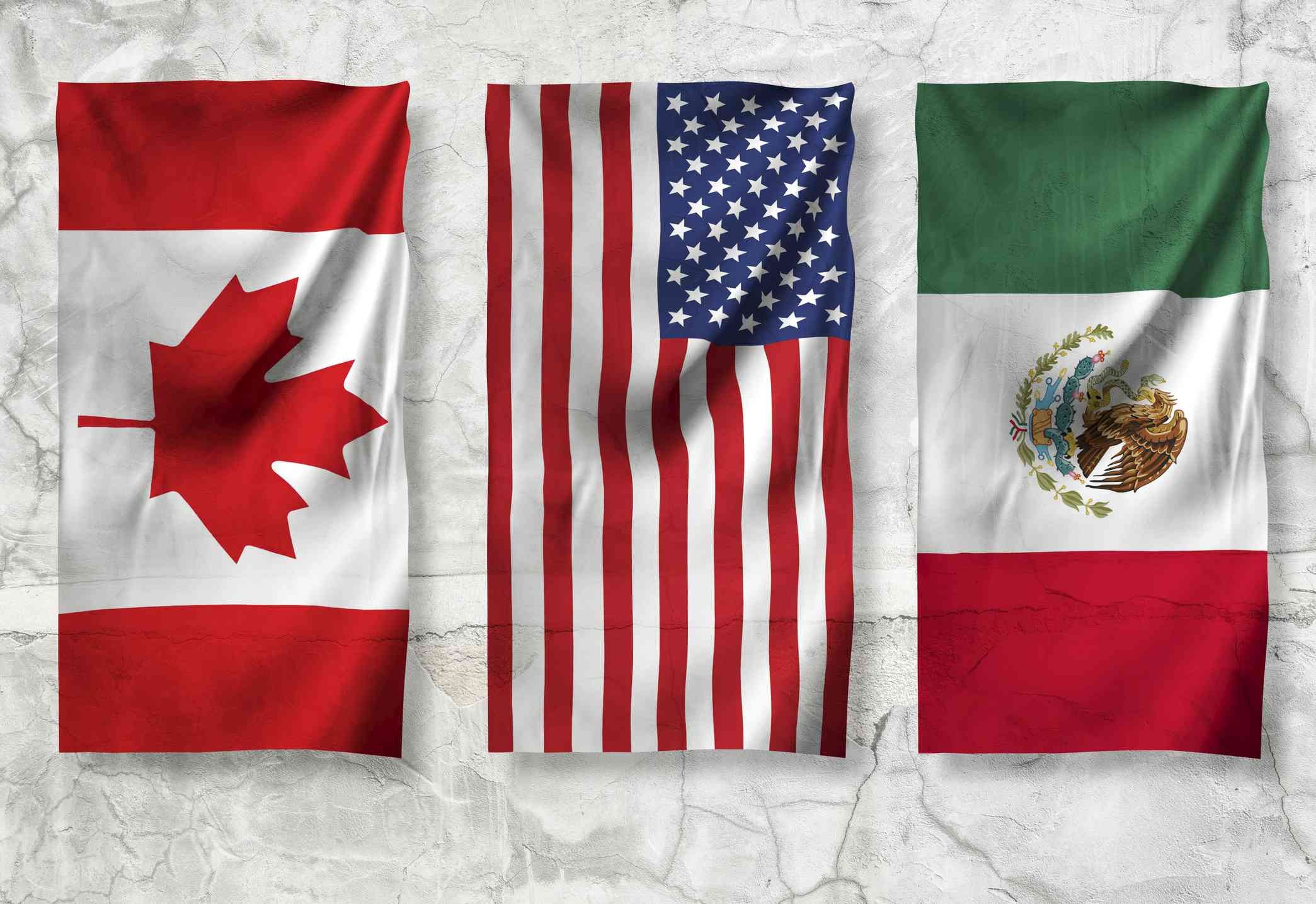
The Impact of International Trade Agreements on the Auto Sector
The global automotive industry is highly interconnected, with the production and distribution of vehicles and components spanning across countries and continents. International trade agreements play a pivotal role in shaping the dynamics of the auto sector, influencing trade flows, manufacturing strategies, and market access. In this expert article, we delve into the multifaceted impact of international trade agreements on the auto industry, from tariff reductions to regulatory harmonization.
Trade Liberalization and Tariff Reductions
Eliminating Trade Barriers
International trade agreements often aim to reduce or eliminate tariffs and trade barriers on automotive products. This leads to more open and competitive markets, benefiting both consumers and manufacturers. Reduced tariffs can lower the cost of imported vehicles and components, making them more accessible to consumers.
Promoting Global Supply Chains
Tariff reductions encourage the development of global supply chains in the auto industry. Manufacturers can source components and materials from various countries, optimizing production costs and enhancing efficiency. This globalization of supply chains has become a hallmark of the modern auto sector.
Regional Trade Agreements
Regional Trading Blocs
Many regions have formed trading blocs or economic partnerships that impact the auto industry. Examples include the European Union (EU), the North American Free Trade Agreement (NAFTA, now replaced by the United States-Mexico-Canada Agreement, USMCA), and the Association of Southeast Asian Nations (ASEAN). These agreements facilitate trade among member countries and harmonize regulations.
Rules of Origin
Rules of origin are crucial components of regional trade agreements. They define the criteria that a product must meet to qualify for preferential tariff treatment within the trading bloc. For the auto sector, these rules often stipulate the minimum percentage of components that must be sourced from within the trading bloc.
Regulatory Harmonization
Safety and Emissions Standards
International trade agreements can lead to regulatory harmonization in terms of safety and emissions standards. Common standards reduce the need for manufacturers to make region-specific vehicle modifications, streamlining production processes and reducing costs.
Convergence of Technology
Harmonized regulations also promote the convergence of automotive technologies. For example, common emissions standards encourage the development and adoption of cleaner and more fuel-efficient technologies, benefiting the environment and consumers alike.
Market Access and Competition
Access to Foreign Markets
Trade agreements provide automakers with improved access to foreign markets. Reduced trade barriers, such as tariffs and quotas, make it easier for manufacturers to export their vehicles and compete globally. This expanded market access can boost sales and profitability.
Increased Competition
Greater market access also means increased competition. Foreign automakers gain a foothold in previously protected markets, forcing domestic manufacturers to enhance product quality, innovation, and competitiveness.
Challenges and Uncertainties
Tariff Fluctuations
While trade agreements aim to reduce tariffs, they do not eliminate the possibility of future tariff fluctuations due to geopolitical tensions or policy changes. This uncertainty can impact long-term planning for automakers.
Regulatory Compliance
Navigating a complex web of regulations in different markets can be challenging for auto manufacturers. Achieving compliance with varying safety, emissions, and technical standards requires significant resources and expertise.
Geopolitical Risks
The auto sector is susceptible to geopolitical risks and trade disputes that can disrupt supply chains and market access. Tariff escalations and export restrictions are just some of the risks manufacturers must consider.
Conclusion
International trade agreements have a profound and multifaceted impact on the global automotive industry. While they promote trade liberalization, market access, and regulatory harmonization, they also introduce challenges and uncertainties that automakers must navigate.
In an era of evolving trade dynamics and geopolitical tensions, the ability to adapt to changing trade agreements and regulations will be a critical factor in the success of automotive manufacturers. Ultimately, international trade agreements continue to shape the auto sector, influencing its competitiveness, innovation, and global reach.

